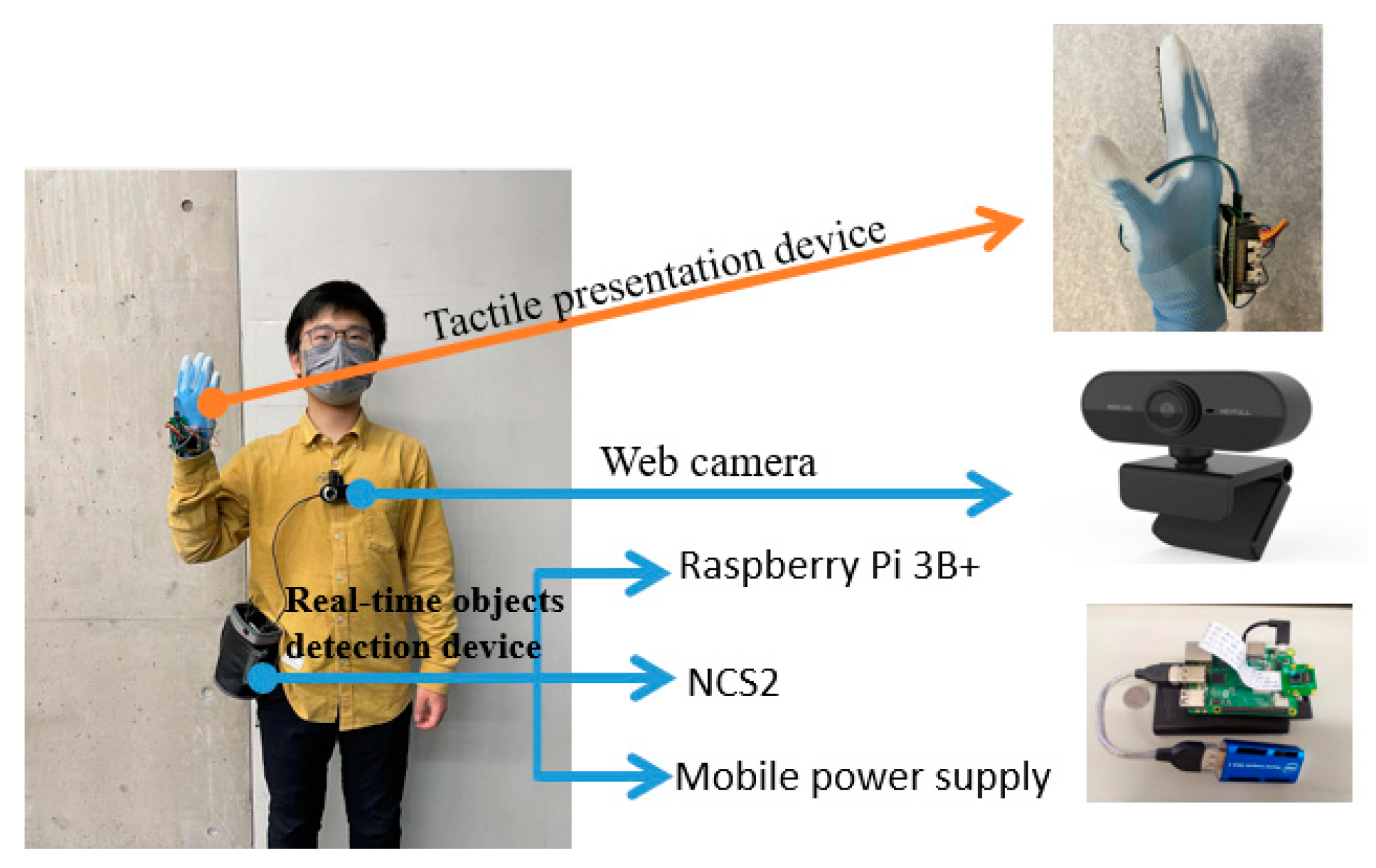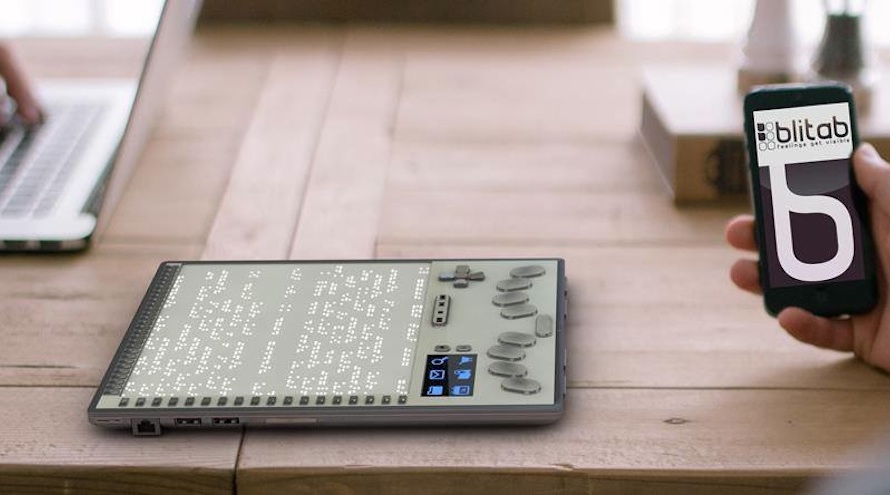AI-Powered Visual Aids: Transforming Support for the Blind
Wiki Article
Empowering Freedom With Assistive Innovation for the Blind
The integration of assistive technology right into the lives of individuals with visual problems represents a significant advancement in advertising self-reliance and self-sufficiency. From innovative display visitors to sophisticated clever walking sticks, these devices not just enhance day-to-day navigating and communication yet likewise empower users to involve meaningfully in various elements of life. As we check out the myriad benefits and real-world applications of these technologies, it comes to be vital to take a look at the underlying variables that contribute to their effectiveness and the capacity for future developments in this crucial field.Introduction of Assistive Technology

The growth of assistive innovation is based in principles of inclusivity and empowerment. Technologies in software application, equipment, and sensory enhancements provide individuals with options tailored to their details needs. From display visitors that convert text to speech, to tactile tools that convey details through touch, these devices change the way people involve with their surroundings.
In enhancement to useful applications, assistive modern technology fosters higher social incorporation and participation in numerous markets, including education and work (Braille displays and notetakers). As r & d remain to develop, the capacity for assistive innovation to better enhance the lives of visually impaired individuals remains appealing, leading the method for an extra fair culture where every person can thrive
Types of Assistive Gadgets
A range of assistive gadgets have emerged to support individuals with visual disabilities, each developed to satisfy certain requirements and improve everyday performance. These gadgets vary from low-tech remedies to high-tech innovations, providing diverse options for users.Low-tech tools consist of magnifiers and large-print products that help in reading and writing. Braille tools, such as Braille styluses and slates, enable responsive analysis and interaction. Orientation and mobility help, like white walking canes, aid users browse their setting safely.
On the higher end of the range, digital zoom systems and screen viewers supply significant support. Electronic magnifiers permit customers to increase the size of message and pictures on screens, while display visitors convert electronic material into manufactured speech, assisting in access to information on smart devices and computer systems.
Mobile phone applications additionally play an essential function, offering features like message acknowledgment and navigation assistance. Wearable technology, such as clever glasses outfitted with augmented reality, is arising as an appealing tool to enhance situational understanding.
Benefits of Assistive Modern Technology
The combination of assistive technology substantially enhances the quality of life for people with visual impairments. These modern technologies equip users by advertising independence, allowing them to browse their environments a lot more effectively and do daily tasks with higher ease. For example, screen viewers and zoom software enable individuals to gain access to digital details, promoting specialist and educational possibilities that may have previously run out reach.Furthermore, assistive gadgets such as smart walking canes and GPS applications give real-time navigation support, enhancing flexibility and security. This boosted freedom not just boosts self-confidence yet also urges social interaction, permitting individuals to take part even more totally in their neighborhoods.
Assistive technology also assists in interaction, assisting customers get in touch with others with voice recognition and text-to-speech applications. This ability is crucial for preserving partnerships and accessing essential info.
Furthermore, the personalization options readily available with several assistive modern technologies make sure that individuals can customize tools to their particular requirements, better enhancing usability and effectiveness. Generally, the benefits of assistive modern technology for people with aesthetic problems are extensive, advertising a much more inclusive culture where everybody can pursue their goals and objectives.
Situation Research Studies and Success Stories
Highlighting the transformative influence of assistive technology, many study show just how individuals with aesthetic impairments have effectively incorporated these tools right into their daily lives. One engaging instance entails an university student that utilized display analysis software application to browse academic materials and on the internet sources efficiently. This innovation not just promoted her education and learning yet likewise boosted her confidence in joining discussions and group tasks.Another case research features a professional that uses a smartphone application developed for navigation and item acknowledgment. By utilizing this application, he has restored freedom in both his individual and workplace, permitting him to commute individually and involve with associates a lot more successfully.
Furthermore, a retired person shared her experience with braille e-readers, which enabled her to access a large array of literature and remain gotten in touch with her neighborhood with book clubs.
These success tales highlight the important function of assistive technology in fostering freedom, improving lifestyle, and promoting social integration for people with visual impairments (Screen readers for the blind). By welcoming these cutting-edge devices, individuals can conquer obstacles and confiscate chances that contribute to their expert and individual fulfillment

Future Patterns in Assistive Innovation
Development in assistive innovation is positioned to redefine the landscape of support for people with aesthetic disabilities. Emerging trends stress the combination of synthetic intelligence (AI) and artificial intelligence, which enhance the capability of tools that help with navigation and information ease of access. For example, AI-driven applications are currently efficient in translating visual information in real-time, making it possible for customers to involve with their environment more see separately.Additionally, the growth of wearable technology is progressing quickly. Smart glasses geared up with increased reality (AR) can supply audio descriptions of environments, transforming exactly how users interact with public areas. These tools not only advertise autonomy but additionally foster social inclusion.
Furthermore, the Internet of Things (IoT) is making homes smarter, enabling seamless connection in between assistive tools and everyday home appliances. This connection encourages individuals by allowing computerized responses and voice-activated controls tailored to individual demands.
Conclusion
Finally, assistive innovation plays a critical function in encouraging individuals with visual impairments by improving their freedom and interaction with their surroundings. The diverse range of gadgets and applications offered not only helps with navigating and communication however likewise promotes social assimilation and chances for personal and specialist development. As innovations continue in this field, the possibility for improving the top quality of life for those with aesthetic disabilities will expand, fostering greater freedom and empowerment.
Report this wiki page